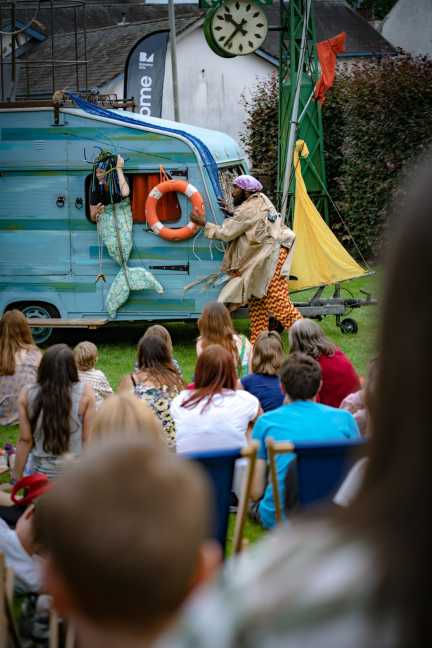Art therapy is a powerful form of therapy that utilizes the creative process of making art to help individuals express their thoughts and emotions. It is a unique approach to healing that allows individuals to tap into their inner creativity, explore their feelings, and find new ways to cope with their challenges.
The use of art as a therapeutic tool has been practiced for centuries, dating back to early civilizations where art was used as a form of communication and expression. Today, art therapy is a recognized form of psychotherapy that is used to help individuals of all ages and backgrounds work through emotional issues, mental health concerns, and trauma.
Art therapy is based on the belief that the act of creating art can have a profound impact on a person’s mental and emotional well-being. It provides a safe and supportive space for individuals to explore their thoughts and feelings without the need for words. Through the process of creating art, individuals can gain insight into their emotions, develop coping skills, and learn new ways of communicating.
There are many benefits to art therapy, including:
1. Self-expression: Art therapy allows individuals to express themselves in a non-verbal way. This can be especially beneficial for those who have difficulty putting their feelings into words or who struggle to communicate verbally.
2. Stress relief: Creating art can be a relaxing and meditative process. It can help individuals reduce stress, anxiety, and tension by focusing their minds on the act of creating.
3. Emotional healing: Art therapy can help individuals work through unresolved emotions, trauma, and grief. Through the process of creating art, individuals can explore their feelings, release pent-up emotions, and find healing and closure.
4. Increased self-awareness: Engaging in art therapy can help individuals gain a better understanding of themselves, their emotions, and their inner thoughts. It can also help individuals develop insight into their behaviors and patterns of thinking.
5. Improved self-esteem: Creating art can boost self-esteem and self-confidence. When individuals see the results of their creativity, they can experience a sense of accomplishment and pride in their work.
6. Communication skills: Art therapy can help individuals learn new ways of communicating and expressing themselves. Through the process of creating art, individuals can learn to communicate non-verbally, using their art as a means of self-expression.
Art therapy can be beneficial for individuals of all ages and backgrounds. It can be particularly helpful for children and adolescents who may have difficulty expressing themselves verbally. It can also be beneficial for adults who are struggling with mental health concerns, such as depression, anxiety, trauma, or addiction.
Art therapy can be used in a variety of settings, including hospitals, schools, clinics, and community centers. It can be used as a standalone therapy or in conjunction with other forms of therapy, such as talk therapy or medication. Art therapists are trained professionals who have a background in both art and psychology. They can help individuals explore their emotions, work through their challenges, and find healing through the creative process.
In conclusion, art therapy is a powerful form of therapy that can help individuals heal through creativity. It provides a safe and supportive space for individuals to express themselves, explore their emotions, and find new ways of coping with their challenges. Whether you’re struggling with emotional issues, mental health concerns, or trauma, art therapy can be a valuable tool for your healing journey. So why not pick up a paintbrush, grab some clay, or start sketching – and let your creativity lead the way to healing.


